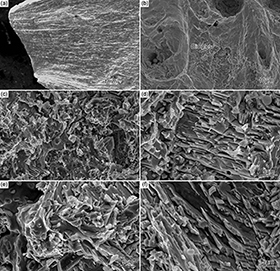 PDF(10095 KB)
PDF(10095 KB)


 PDF(10095 KB)
PDF(10095 KB)
 PDF(10095 KB)
PDF(10095 KB)
P对Sn-Bi合金组织与性能的影响
 ({{custom_author.role_cn}}), {{javascript:window.custom_author_cn_index++;}}
({{custom_author.role_cn}}), {{javascript:window.custom_author_cn_index++;}}Effect of P on Microstructure and Mechanical Properties of Sn-Bi Solder
 ({{custom_author.role_en}}), {{javascript:window.custom_author_en_index++;}}
({{custom_author.role_en}}), {{javascript:window.custom_author_en_index++;}}
| {{custom_ref.label}} |
{{custom_citation.content}}
{{custom_citation.annotation}}
|
/
| 〈 |
|
〉 |